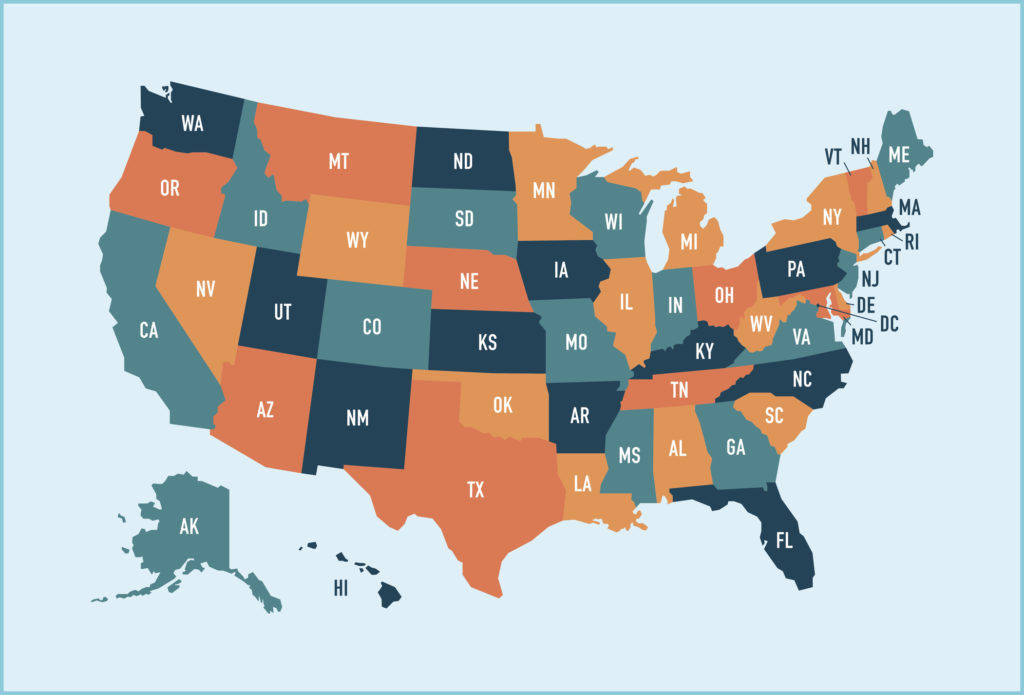State programs that aim to shift focus to primary care

Several states throughout the US are prioritizing their focus on primary care services, through legislation, financial investments, or support of corporate efforts. Glen Stream, MD, FAAFP, MBI, a family physician practicing in La Quinta, California, past president of the American Academy of Family Physicians, and current president and board chair of Family Medicine for America’s Health, writes in Medical Economics that the shift of focus has occurred in a number of states across the country:
- Oregon: Dr. Stream states that Oregon is quite possibly the “country’s current champion innovator” in regard to investing in primary care. With initiatives in place that “recognize the central role primary care plays in achieving the triple aim of improving patient health and quality of care while lowering costs,” Oregon has seen cost savings in return for increased spending on primary care.
- Michigan: A patient-centered medical home (PCMH) led by Blue Cross Blue Shield has produced “a transformation of care that has resulted in a 15% decrease in adult visits to emergency departments and a 21% decrease in ambulatory care-sensitive inpatient stays.”
- California: Covered California requires all enrollees to be matched to a “primary care physician, nurse practitioner or another primary care clinician as a patient advocate and first point of contact.” The program now includes approximately 2 million people, with the potential to reach another 21 million.
- Rhode Island: In a state where Medicaid accounts for about a third of the total budget, there was “a significant drop in total medical spending after its health insurance commissioner required all commercial plans to increase spending on primary care by 1% of total spending per year over a five-year period.” When spending on primary care increased, Medicaid costs decreased. Additionally, a pilot program involving home visits for financially disadvantaged patients resulted in “decrease of more than 60% in both hospitalization rates and emergency department visits over a six-month period in 2016.”
Dr. Stream emphasized that increased focus on primary care is literally a life-and-death issue, adding that more physicians are needed in primary care practice, to improve the quality of care, to reduce healthcare costs, and to save lives.






